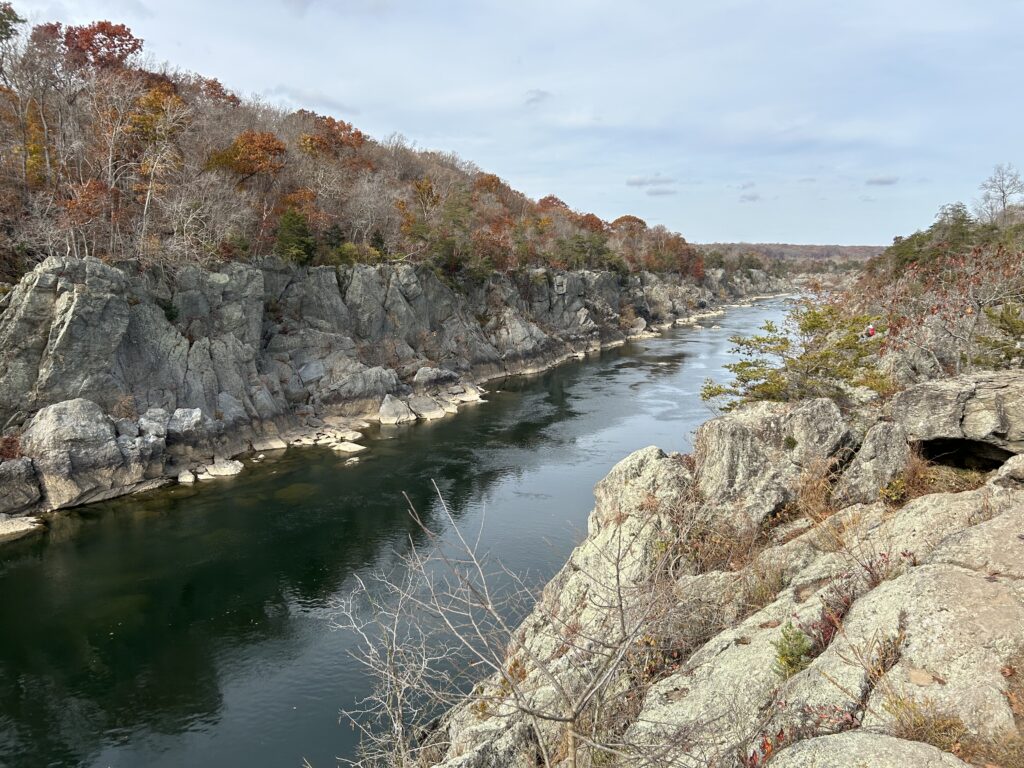This article was written by Emily Nunez and originally published on the College of Computer, Mathematical, and Natural Sciences Website. It was republished with permission.
Sujay Kaushal is part of a multi-institution effort to monitor the intrusion of saltwater into rivers close to the ocean.

Tidal rivers that directly flow into the ocean are susceptible to both the ocean’s tides and salinity. Droughts and rising sea levels are causing saltwater to creep farther into many of the world’s tidal rivers, threatening the safe drinking water of billions of people.
To address this ecological and humanitarian issue, the University of Maryland Center for Environmental Science (UMCES) will lead a new research initiative supported by a $650,000 grant from the U.S. National Science Foundation’s Convergence Accelerator, which funds multidisciplinary research efforts that aim to solve societal and economic challenges. A team of scientists and engineers from institutions across the country, funded under the program’s Track K: Equitable Water Solutions, will work to develop tools that can monitor salinization in tidal rivers and promote the evidence-based management of freshwater supplies.
“Both developed and developing countries are struggling with salt contamination of tidal river waters and many rely on numerical models to manage salinity,” said Ming Li, project lead and UMCES professor. “These new tools will be applicable to numerous systems around the globe.”
University of Maryland Geology Professor Sujay Kaushal, a member of the research team who has studied salinization for over 20 years, described salt contamination as one of the greatest threats that humanity faces. In the U.S. alone, about 70% of all drinking water comes from surface waters, including tidal rivers.
“Some rural residents in coastal areas get groundwater along tidal rivers, and sometimes there are intakes for drinking water along these rivers,” explained Kaushal, who holds a joint appointment in UMD’s Earth System Science Interdisciplinary Center. “For example, the city of Philadelphia, which is our fifth largest city, has a drinking water intake that can be affected by some of these saltwater intrusion issues.”
Water from tidal rivers can also be used to irrigate crops and keep power plants running, but increased salinity can put these uses at risk. To better understand where and when salinization is occurring, the UMCES-led team will develop a new coupled watershed-estuary model that simulates the transport and fate of major salt ions. The project, which plans to use the Chesapeake Bay and its tidal rivers as a pilot study site, will leverage recent advances in hydrological and estuarine modeling.
“This research effort will bring together innovative watershed-estuary models and decision support tools to apply to the grand engineering challenge of ensuring access to clean water,” Li said.
The research model will be paired with artificial intelligence algorithms to quantify the trade-offs between competing needs for freshwater resources. This approach will also be used to search for long-term planning strategies that can help communities adapt to increased salinization and protect public health.
Many water suppliers do not have the necessary planning and technical capacity to prepare for such changes. To that end, this project will develop and prototype decision support and monitoring tools for salinity management by working with water resource managers, under-resourced rural communities and water suppliers.
Tidal rivers like the Susquehanna and Potomac are already encountering high chloride levels in water supplies that impact the public’s drinking water quality. Rural communities in Maryland such as Havre de Grace and Perryville get their drinking water from the Susquehanna River—a supply that was threatened by high chloride levels during periods of extended drought. Farmers who withdraw water for irrigation also competed for scarce freshwater resources.
In the Potomac River, the use of road deicers during winter storms and human-accelerated weathering have led to freshwater salinization near densely populated areas, compounding the problem of oceanic salt intrusion. Kaushal’s research highlighted the risks of road salts, which can interact with soils and infrastructure to create a cocktail of harmful chemicals. He also documented large-scale changes that are disrupting Earth’s natural “salt cycle,” making the planet’s air, soil and freshwater saltier.
To understand the scale of the problem and better manage salinization, researchers say new monitoring tools are needed. Kaushal explained that tidal rivers—while tricky to study—are the perfect place to start their project.
“It’s complicated to study because it’s tidal, so the water is moving in multiple directions and salt is coming from multiple sources,” Kaushal said. “Not as much is known about tidal rivers as places we’ve worked before, so I’m looking forward to working with oceanographers to expand our knowledge of salinization issues, which I feel very passionately about, to tidal rivers and tidal waters. It’s an exciting place to work together and a new frontier.”
###
This article is adapted from text provided by UMCES.





